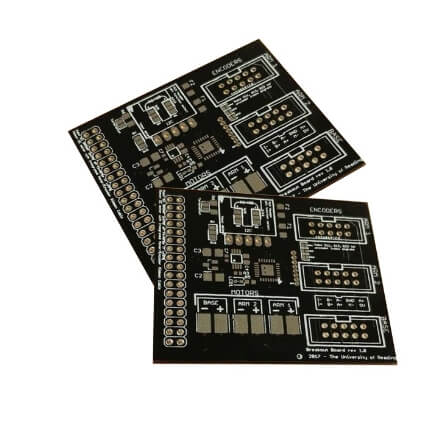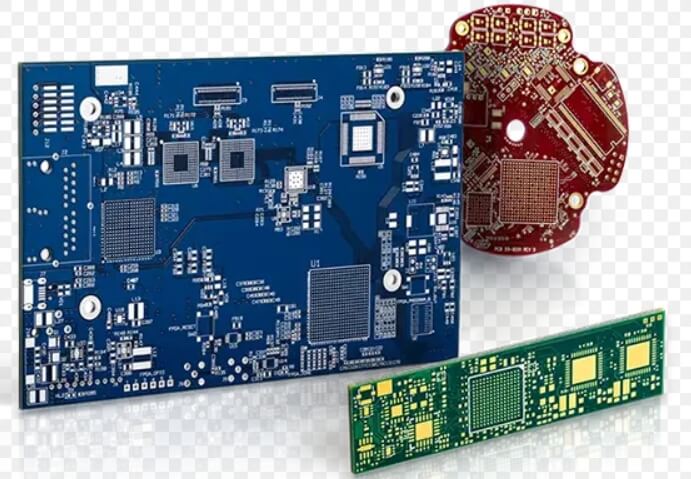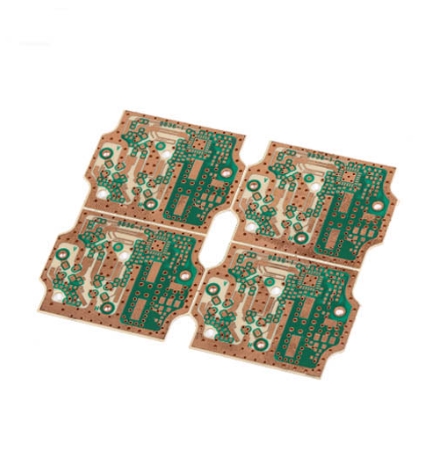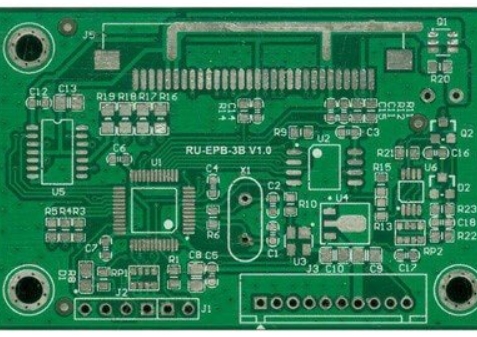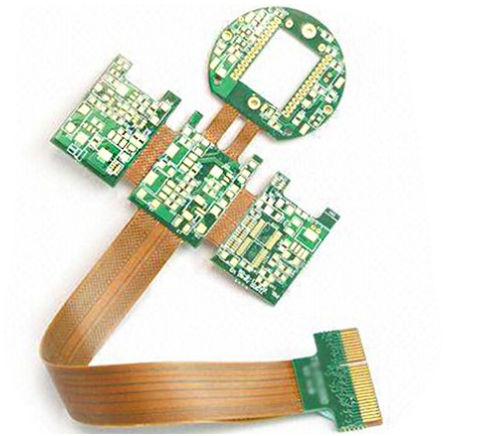Key Takeaways The competitiveness of new product introduction makes it critical to optimize your prototype design process for effectiveness and efficiency. Your prototype PCB design software should exhibit essential attributes for managing component inventory, creating schematics, designing PCBs, verifying designs, and managing data. OrCAD X delivers the essential functionality and capabilities in one program for prototype design...
HomeCategory
PCB Design Services | Professional PCB Layout & Design - KKPCB
PCB design involves two critical stages: component layout and circuit connection wiring. The layout is the arrangement of circuit components within the PCB’s wiring area. A well-thought-out layout directly affects the ease of subsequent wiring and significantly impacts the PCB’s overall performance. In addition to meeting circuit functionality and performance requirements, a good layout considers manufacturability, inspection, and maintenance....
Electromagnetic compatibility (EMC) refers to the ability of electronic devices to function harmoniously in their electromagnetic environment without causing or being affected by electromagnetic interference (EMI). The goal of EMC design is to enable electronic devices to resist external interference while minimizing the electromagnetic interference they emit to surrounding devices. 1. Selecting the Right Wire Width Minimizing inductance...
Printed Circuit Boards (PCBs) are the backbone of electronic circuits, organizing and supporting all circuit components. Effective PCB design not only assembles components efficiently but also prevents errors caused by manual wiring. This article highlights five essential PCB design principles that enhance power supply design and improve overall performance. 1. Maintain a Logical Direction Segregate Signals: Group inputs/outputs,...
Introduction: Addressing signal integrity (SI) issues early in the PCB design process can streamline the design and eliminate the need for corrective termination devices later. Here, we outline critical steps to maintain signal integrity, from planning through testing. 1. Preparation Before Design Begin by defining your SI requirements and design strategy. Early-stage planning will guide component selection,...
PCB design is a delicate balance of electrical and thermal considerations, with the relationship between current and line width being a cornerstone of reliable circuit functionality. While many empirical formulas, tables, and software tools exist online to guide this aspect of design, this article consolidates the most useful references to assist engineers in optimizing PCB layouts....
1. Should the dead copper be removed in PCB design? Some people say that it should be removed. The reasons are probably: 1. It will cause EMI problems. 2. Enhance the ability to engage in interference. 3. Dead copper is useless. Some people say that it should be kept. The reasons are probably: 1. Sometimes a...
Designing a high-voltage PCBs requires careful planning, adherence to specific guidelines, and a keen eye for safety. Whether you’re working on industrial equipment, power electronics, or consumer devices, the following tips and considerations will ensure you create efficient and safe high-voltage PCB designs. 1. Routing Guidelines for High-Voltage PCBs Proper routing is crucial for high-voltage PCB...
Rigid boards are known for their joined-up look. While PCBs are in huge demand nowadays, flexible boards are the latest innovation in the industry. Flexible-rigid and flex-flex PCBs are the result. Rigid-flex PCB combine both rigid and flexible layers, while flex boards use only flexible materials. Flexible PCBs, on the other hand, allow for complete customization....
Customer Background The client specializes in the development and production of a wide range of microwave electronic products. These products are extensively used in satellite communication, television broadcasting, long-range communication, data and image transmission, radar, remote control, remote sensing, electronic reconnaissance, and electronic countermeasures. With deep technical expertise in microwave technology and high-frequency electronic products,...



